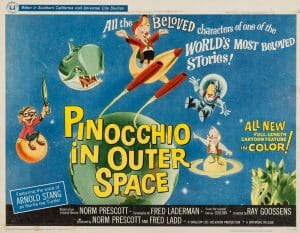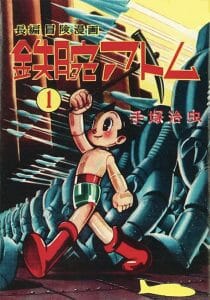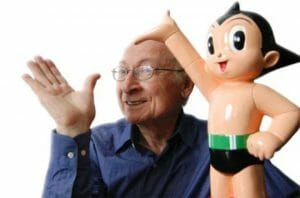Born and raised in Ohio (as Fred Laderman), Ladd graduated from Ohio State University after studying speech and radio broadcasting. He was long interested in both: as a child, he did impersonations of movie and radio stars. After a year at a FM radio station in New York City, he took a job at an advertising agency which had a clever idea: Ladd was put in charge of turning several short documentaries the company bought rights to into a feature length film. That, in turn, was traded to overseas producers to get fresh content for American outlets, which Ladd then “westernized” with English dubbing and editing. Ladd ended up as the expert in the company for this westernization process, which would come in handy later.

An early success was the purchase of three foreign films (the 1951 Russian film Universe by director Pavel Klushantsev, the 1937 German film Weltraumschiff 1 Startet (Spaceship 1 Starts) by Anton Kutter, and the 1953 Russian cartoon film Polet na lunu (Flight to the Moon). By editing it all together into a storyline, and adding extra animated sequences, the company released The Space Explorers first as a feature film, and then broken up into a children’s cartoon serial, which was a hit in the late 1950s as the space race with the USSR heated up. It was syndicated to numerous local children’s shows such as Captain Kangaroo, Captain Video, even Romper Room. He also serialized a Czech film, Journey to the Beginning of Time, and a Belgian animated feature into Pinocchio in Outer Space.

But what really put Ladd on the map was when NBC brought him in to work with someone who “practically conned his way in” with film reels by Japanese producer Osamu Tezuka featuring Tetsuwan Atomu (literally “Iron Arm Atom”, often translated as “Mighty Atom”). “We were taken completely by surprise! We were unaware that animation was being produced in Japan,” he said years later. Ladd took the reels and cut together a pilot for U.S. audiences, hiring English-speaking actors to say the lines. What he came up with, set way into the future (the year 2000!), was Astro Boy — not just a hit with American children (193 episodes from 1963-1966), but it was the first anime most Americans ever saw. That, in turn, led to a strong market for future manga (Japanese-style comic books and graphic novels), where Astro Boy started in 1952, and anime (Japanese-style animated cartoons), neither of which is meant solely for children. “The ratings for Astro Boy went through the roof in the U.S.,” Ladd said years later, “and that was from day one!”

Unfortunately, all of Ladd’s Astro Boy “originals” that he produced were destroyed in 1975, but anime specialists have restored them as much as possible, including a compilation* of the first 52 episodes. Ladd continued with anime imports, including what became Gigantor and Kimba the White Lion. His company, Color Systems Inc., also redrew classic American cartoons — from Looney Tunes to Betty Boop — in color. He died August 3, at 94.
See Also: Gekiga artist Takao Saito (Honorary Unsubscribe, Volume 8)
